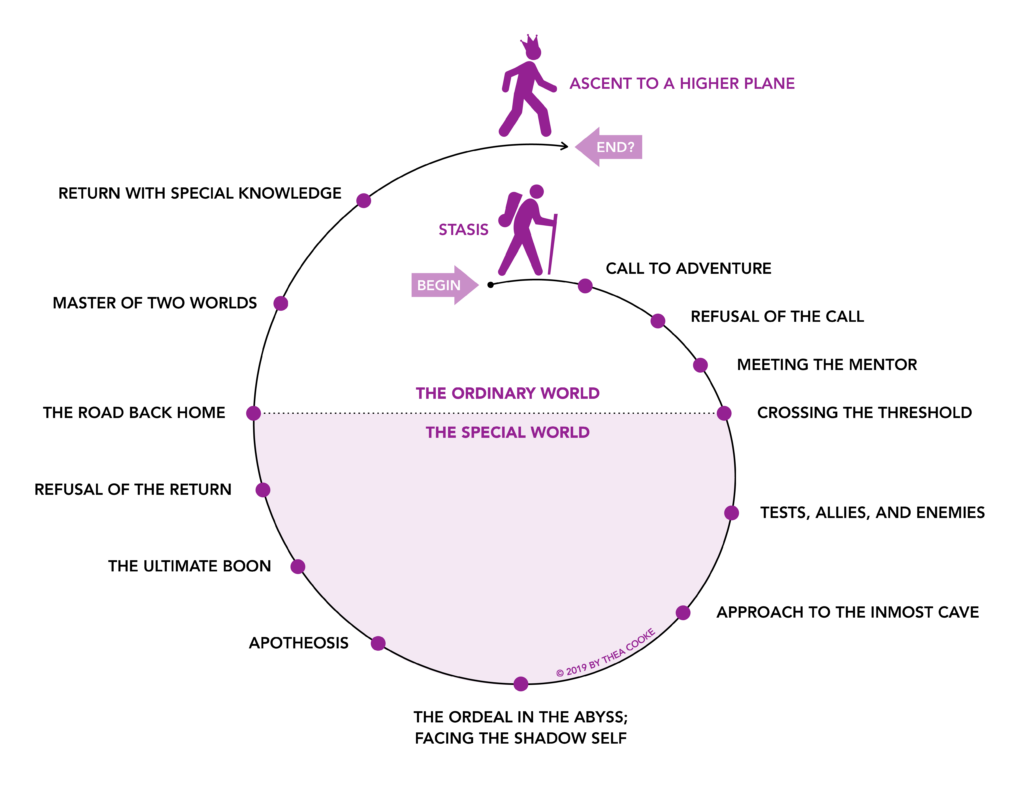Why did we choose to delve into storytelling for this blog post?
In today’s digital age, the internet is bustling with activity. With approximately 1.13 billion websites, and a new one being created every 3 seconds, the online landscape is incredibly dynamic. Businesses are increasingly recognizing the importance of establishing a strong online presence to reach wider audiences and remain competitive. However, amidst this vast digital ecosystem, capturing and retaining users’ attention has become more challenging than ever before.
Users form an opinion about a website within a mere 0.05 seconds of visiting it. This emphasizes the critical importance of making a strong first impression. A well-designed website that is easy to navigate and offers a seamless user experience can significantly contribute to retaining visitors and potentially converting them into customers.
Creating a Positive User Experience:
A key component of a positive user experience is performance. Research shows that 47% of users expect a website to load in less than two seconds, and slow-loading websites have cost an estimated $2.6 billion in sales per year. Furthermore, 88% of Internet users will not return to a website after a bad experience. This underscores the importance of website usability and the need to provide a clear and user-friendly platform.
The visual aspect of a website also plays a crucial role in shaping users’ perceptions. Half of all users say they use website design as a factor in forming their opinion about a company, and 57% would not recommend a company with a poorly designed website. A website’s appearance can influence the first impression and overall perception of a company.
The Power of Storytelling:
In a competitive digital landscape, differentiation is key. By crafting compelling narratives and understanding their unique identity, businesses can set themselves apart from the crowd. Storytelling has the ability to generate engagement and create emotional connections with the audience. When a website tells a story, it gives users insight into the brand’s values and mission, helping to build trust and credibility. Ultimately, storytelling is about more than just conveying information—it’s about creating experiences that leave a lasting impression.
Storytelling in Practice:
The “Hero’s Journey,” a narrative archetype popularized by Joseph Campbell, is a storytelling structure that follows the journey of a character from their call to adventure to their return transformed. This journey, present in myths and epic tales from various cultures, consists of clearly defined stages, such as the call to adventure, encounters with mentors and allies, confrontations with challenges, and the hero’s personal transformation.
In the context of digital storytelling, this structure is adapted to guide users through a meaningful web experience. The call to adventure can be represented by a call to action (CTA), while mentors and allies could be represented by elements of help or assistance in the interface. Challenges and confrontations may be reflected in digital obstacles that the user must overcome, while transformation is manifested in the achievement of goals or solutions to problems presented.
By following the “Hero’s Journey” in creating interactive stories for digital environments, brands and designers can engage users more deeply, creating experiences that emotionally connect them and inspire them to move forward on their online journey.
Conclusion:
Incorporating storytelling into your digital strategy can transform your website from a static entity into a dynamic platform that engages users, drives conversions, and builds lasting relationships. Whether through compelling narratives, captivating visuals, or seamless user experiences, storytelling has the power to elevate your brand and leave a lasting impression on your audience.




